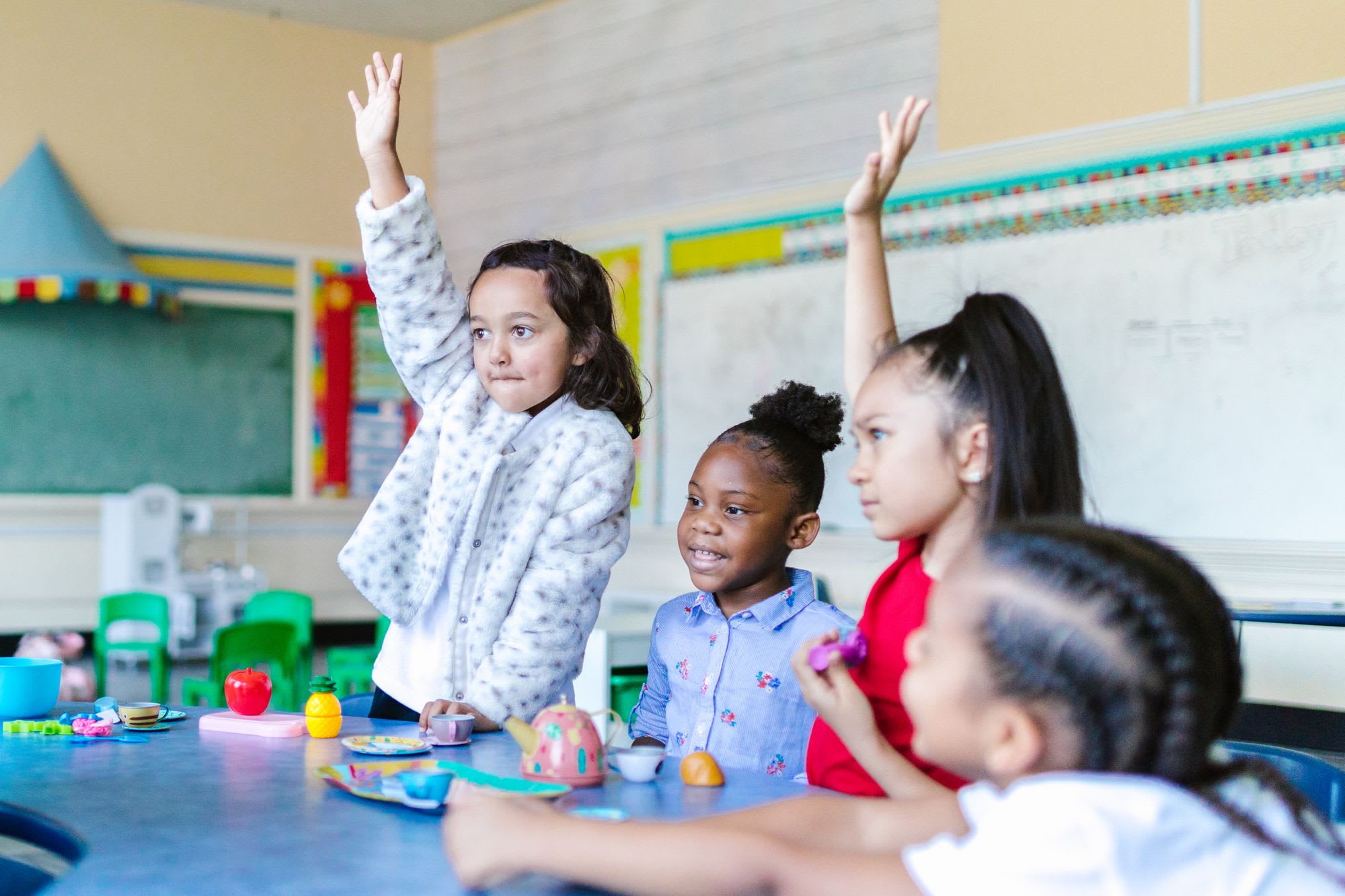Guest post by Romy Jackson
Education is a human right. Yet, numerous young Americans don’t have access to the educational programs crucial for their future. While many young adults are preparing for the foundations of their careers in college, the National Center for Education Statistics reports that 16% of 18-to-24-year old Americans are neither enrolled in school nor working. Unfortunately, Native American, Black, and Hispanic youths were more likely to be unenrolled in school, compared to white and Asian individuals.
The Role of Nonprofits in Addressing Educational Inequity
To make education a true equalizer, nonprofit organizations are establishing initiatives that can bridge the gaps in the educational system. Given that racial justice and educational issues are becoming more prominent, Fortune reports that Americans donated as much as $471 billion to nonprofit organizations in 2020 alone. Big organizations have made more pledges to improve racial equity in the U.S., which is why there is a significant spike in providing donations to educational nonprofits.
This spike in donations is crucial for educational nonprofits, now that more students are struggling with the affordability of education. Educational nonprofits can relieve the financial burdens of student debts, especially since AskMoney cites that student loan borrowers have to continue their monthly payments in September 2022. Without any assistance from educational nonprofits, Native American, Black, and Hispanic students are forced to choose between their education and their financial capability.
Recognizing that many American children and teenagers aren’t in school because of financial issues, nonprofits are establishing programs that can break down barriers to educational access. These initiatives aim to help the American youth overcome educational barriers and pursue better, brighter futures.
Nonprofit Organizations that are Making an Impact in Education
Though the US has experienced lots of progress on gender issues, education nonprofits still need to empower girls who are often left behind in underserved communities. To illustrate, the Student Leadership Network established institutions like The Young Women’s Leadership Schools in New York, so that girls from underserved communities can get enrolled in high school. The organization provides health and wellness, as well as leadership development programs so that girls can prepare for higher education and their careers. Through these programs, these girls become the first in their families to get into higher education.
Female students also experience educational inequity, especially when it comes to STEM. Recognizing the gender divide in these subjects, Science, Engineering and Mathematics Link Inc. was founded in 2005 to support K-12 students in learning concepts and exploring potential careers in STEM. Through this nonprofit, students can connect with mentors that can broaden their knowledge and deepen their interest in STEM.
Financial barriers are indeed one of the biggest drivers of educational inequity. As such, nonprofit QuestBridge is empowering low-income students and giving them a bright future by supporting them in scholarship applications. Despite being academically qualified for the nation’s top colleges, about 80% of these promising students don’t attend highly-acclaimed universities because of their steep tuition costs. However, QuestBridge opens up opportunities by providing resources, support, and data-backed strategies for low-income students that need scholarships.
Aside from providing financial support, nonprofits also bridge the gaps in education by improving the accessibility of information. In fact, Creative Commons has been providing open education, open culture, and policy for 20 years, so that students can unlock more knowledge. This women-led initiative allows students and educators to access information for free, thus advancing equity, access, and development goals in education.
Through the help of non-profits, the barriers that cause educational disparities can be eliminated one by one. So if you want deserving students to reach their potential, Every.org has a list of educational nonprofits that have provided opportunities for youth from low-income and underserved communities. Your support for these programs is crucial to ensure that American children can truly achieve brighter futures.
